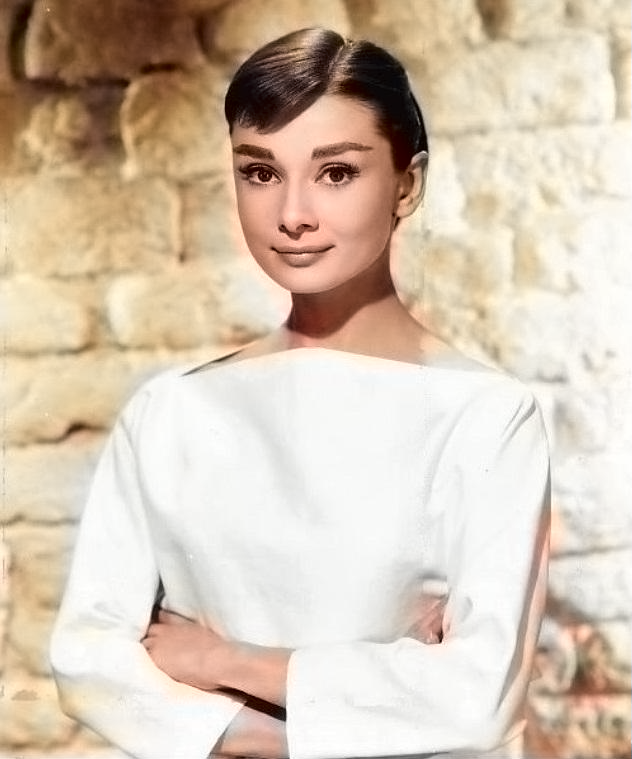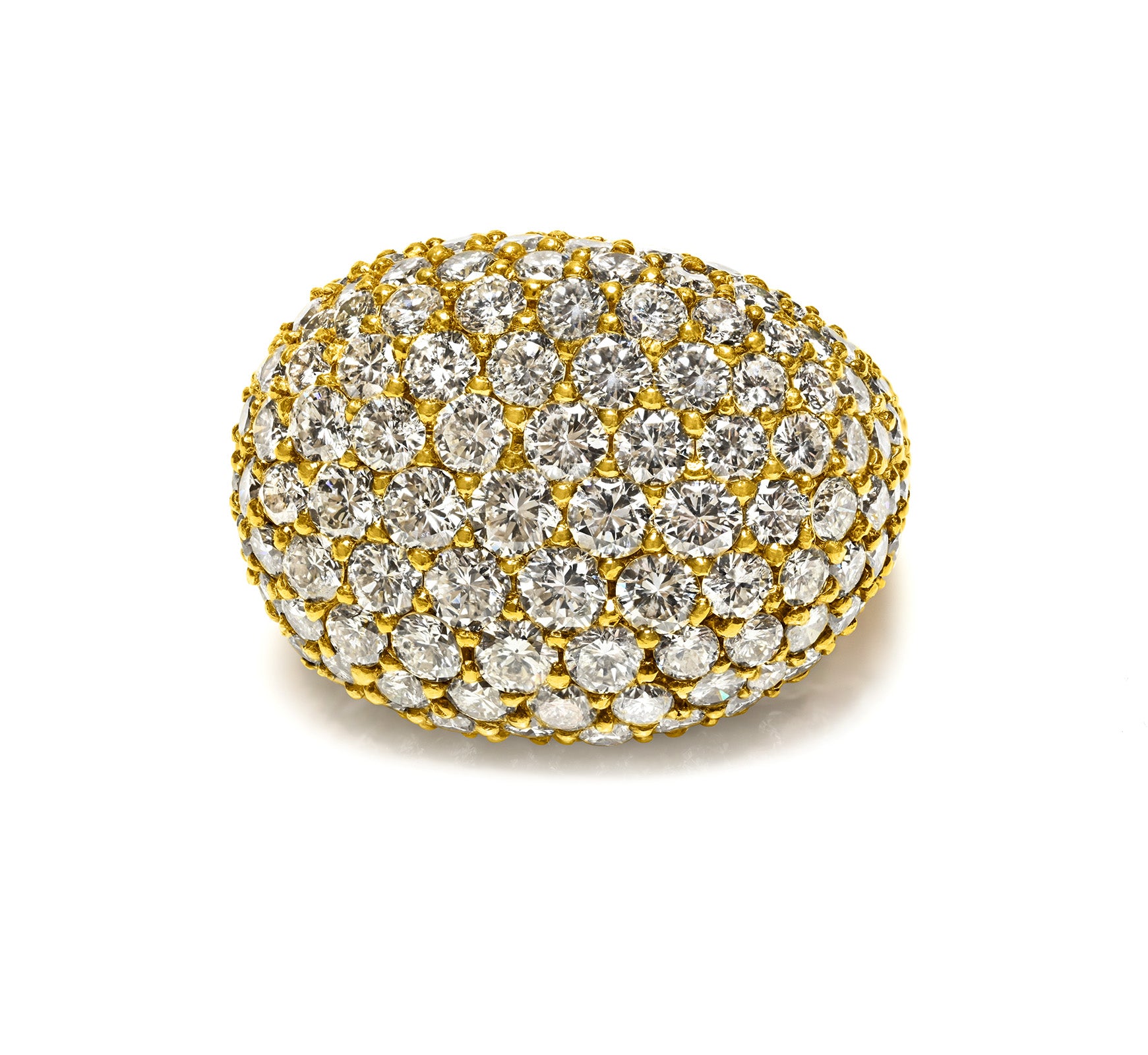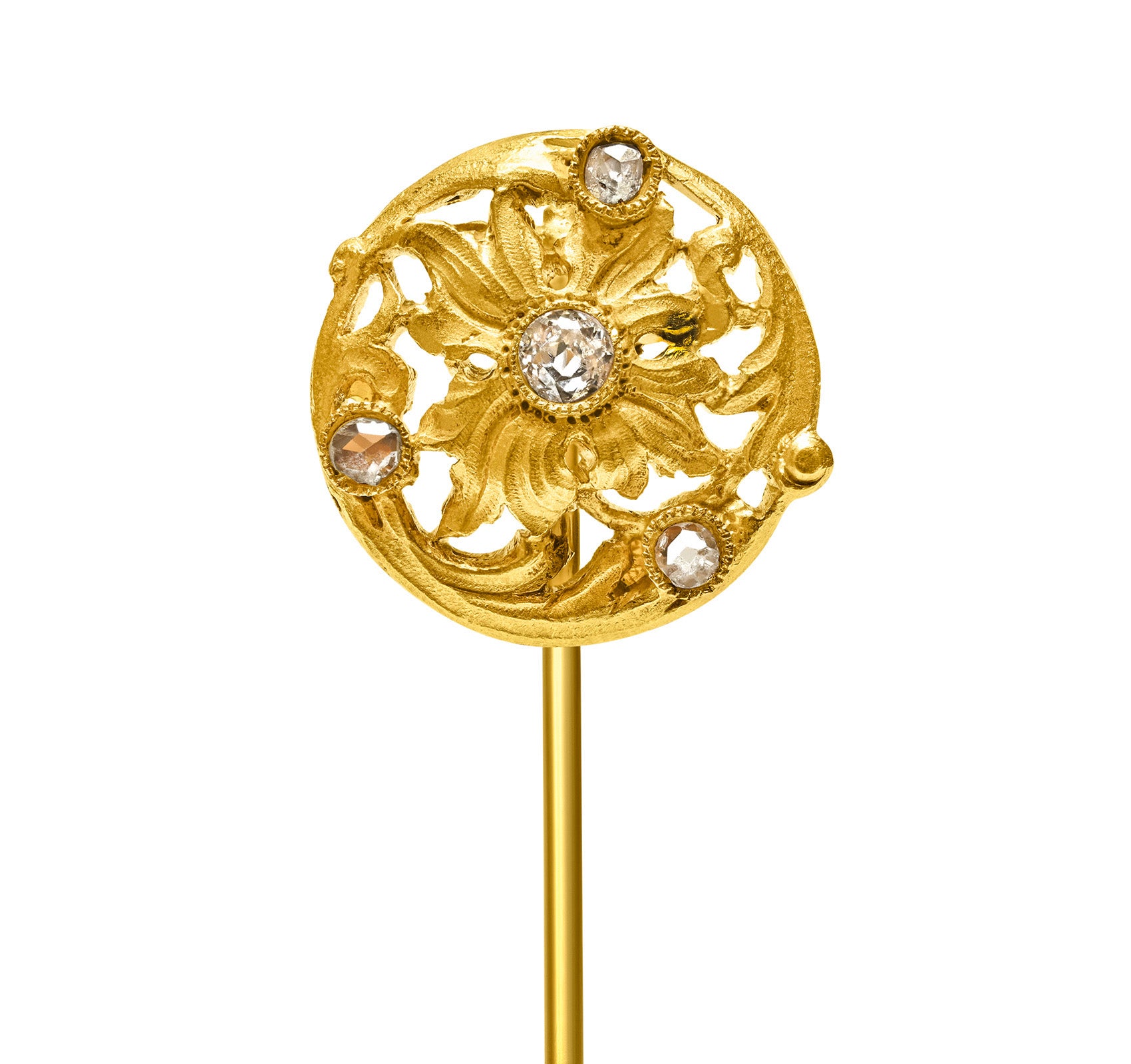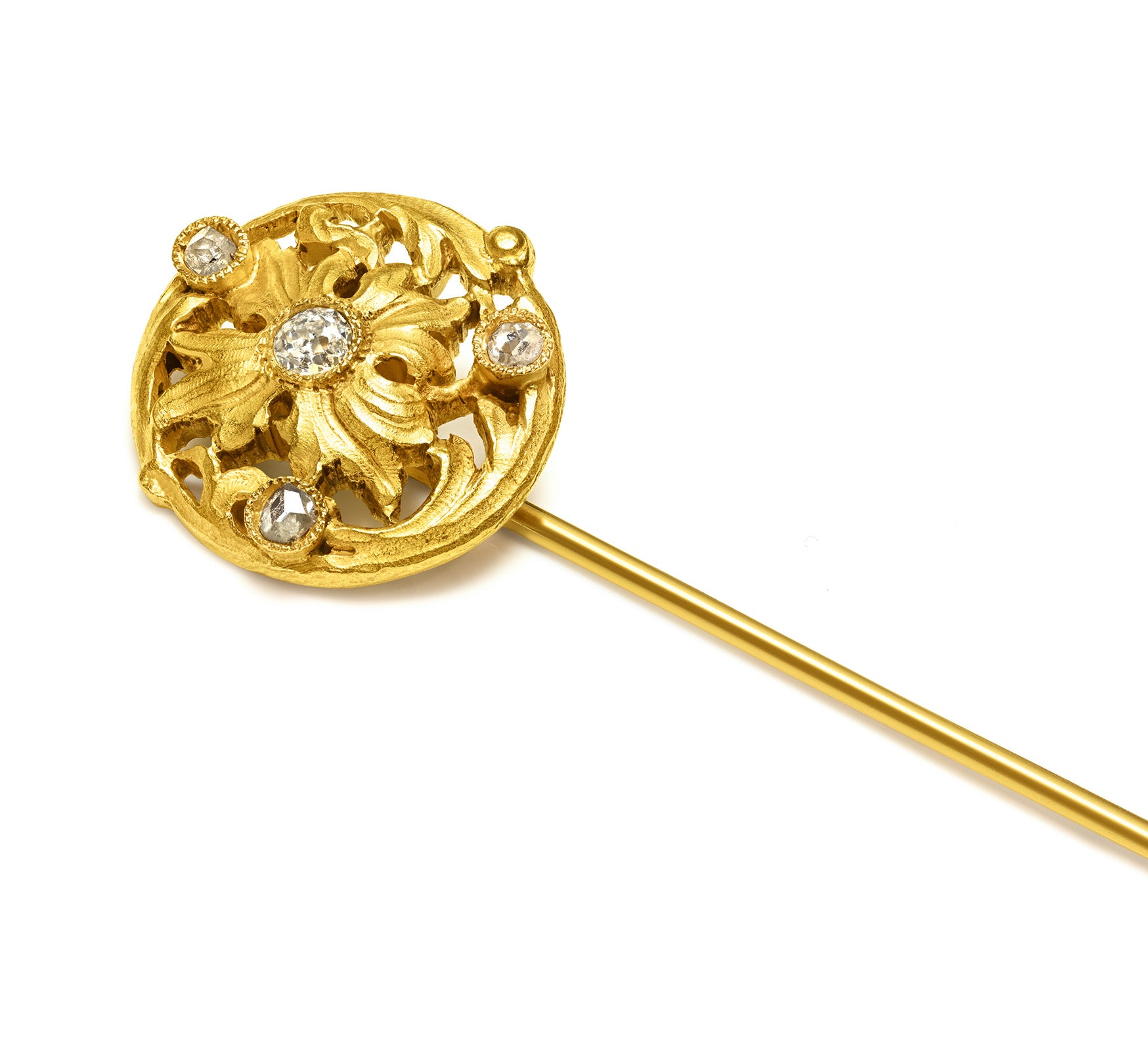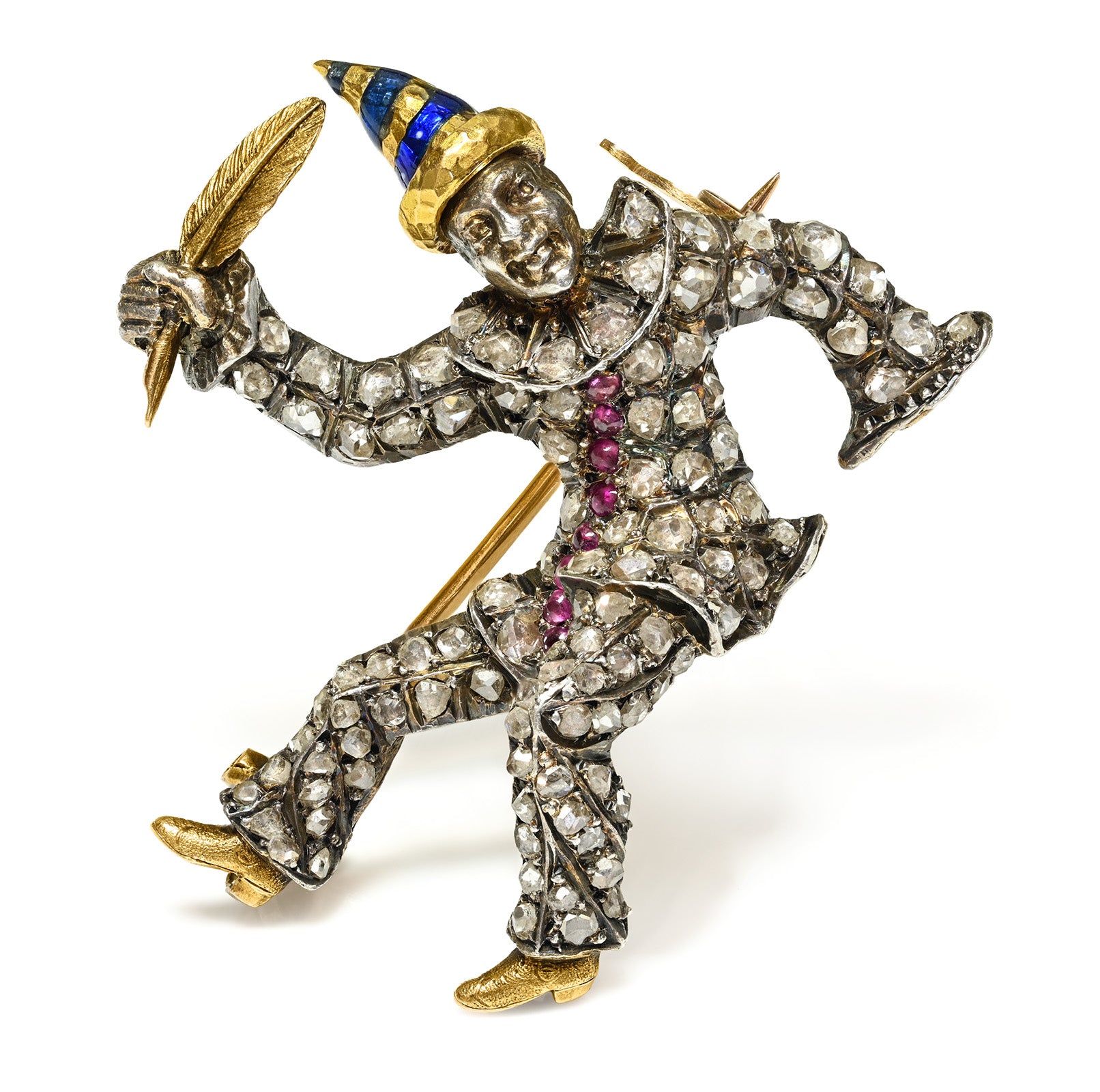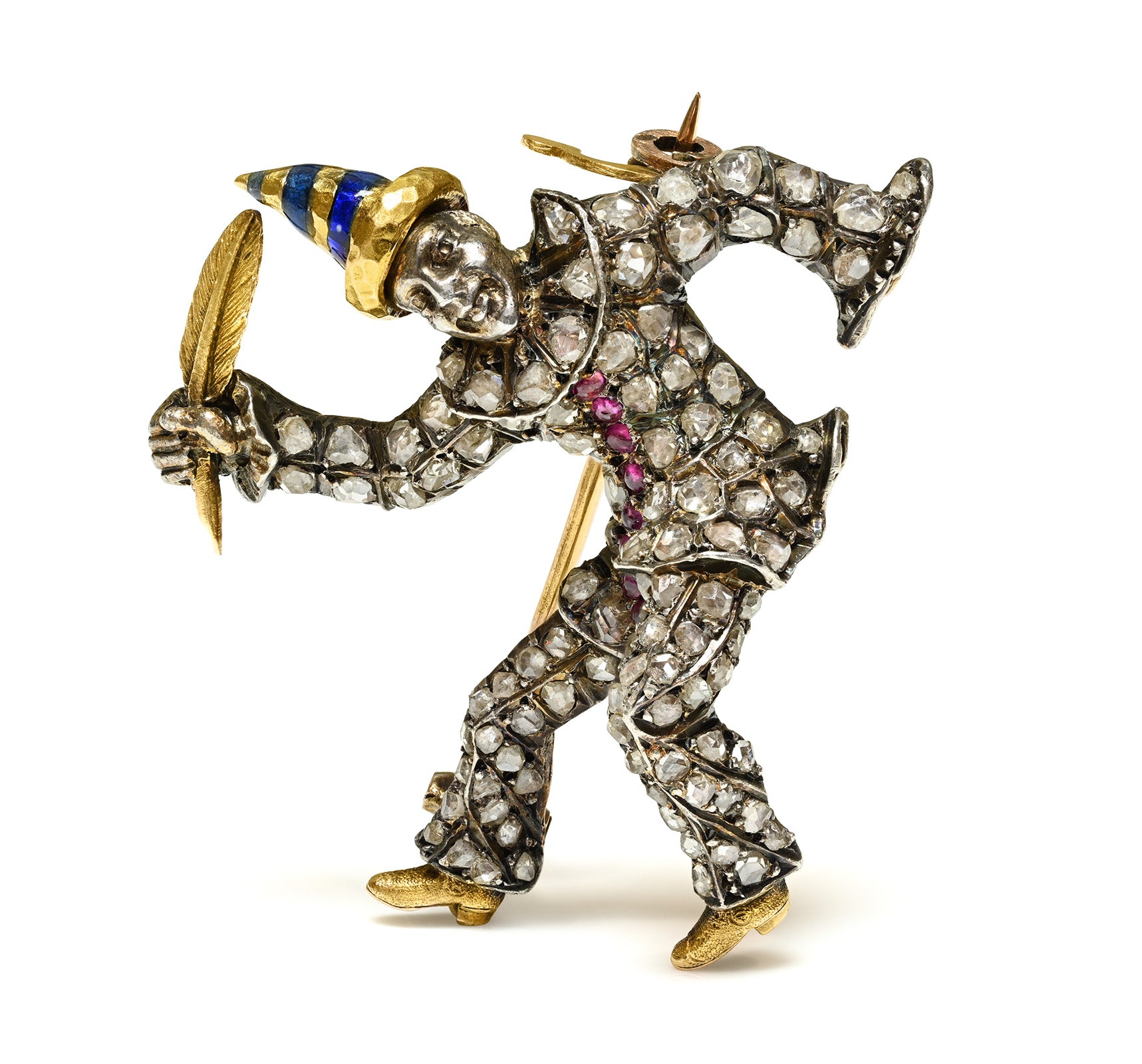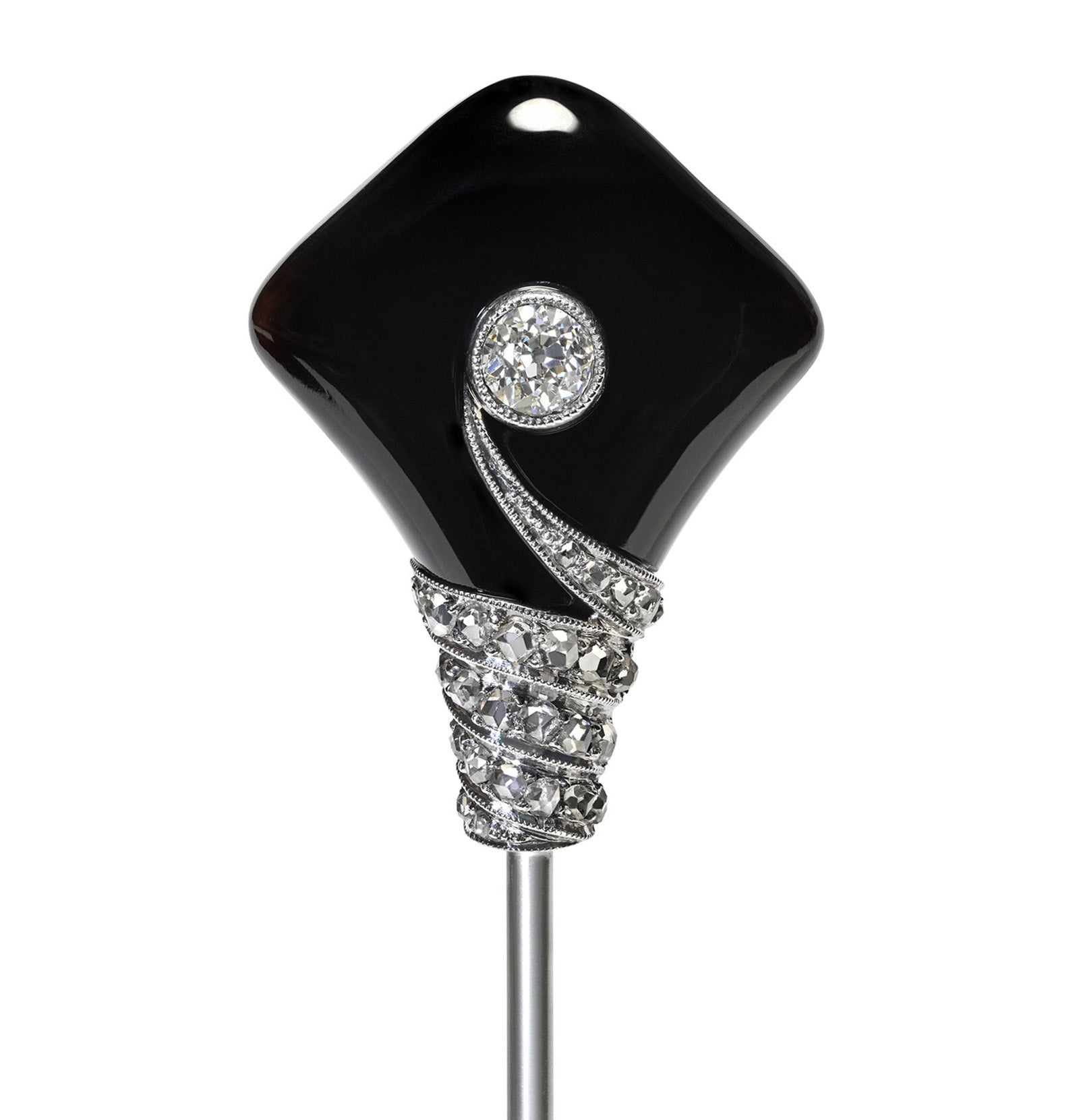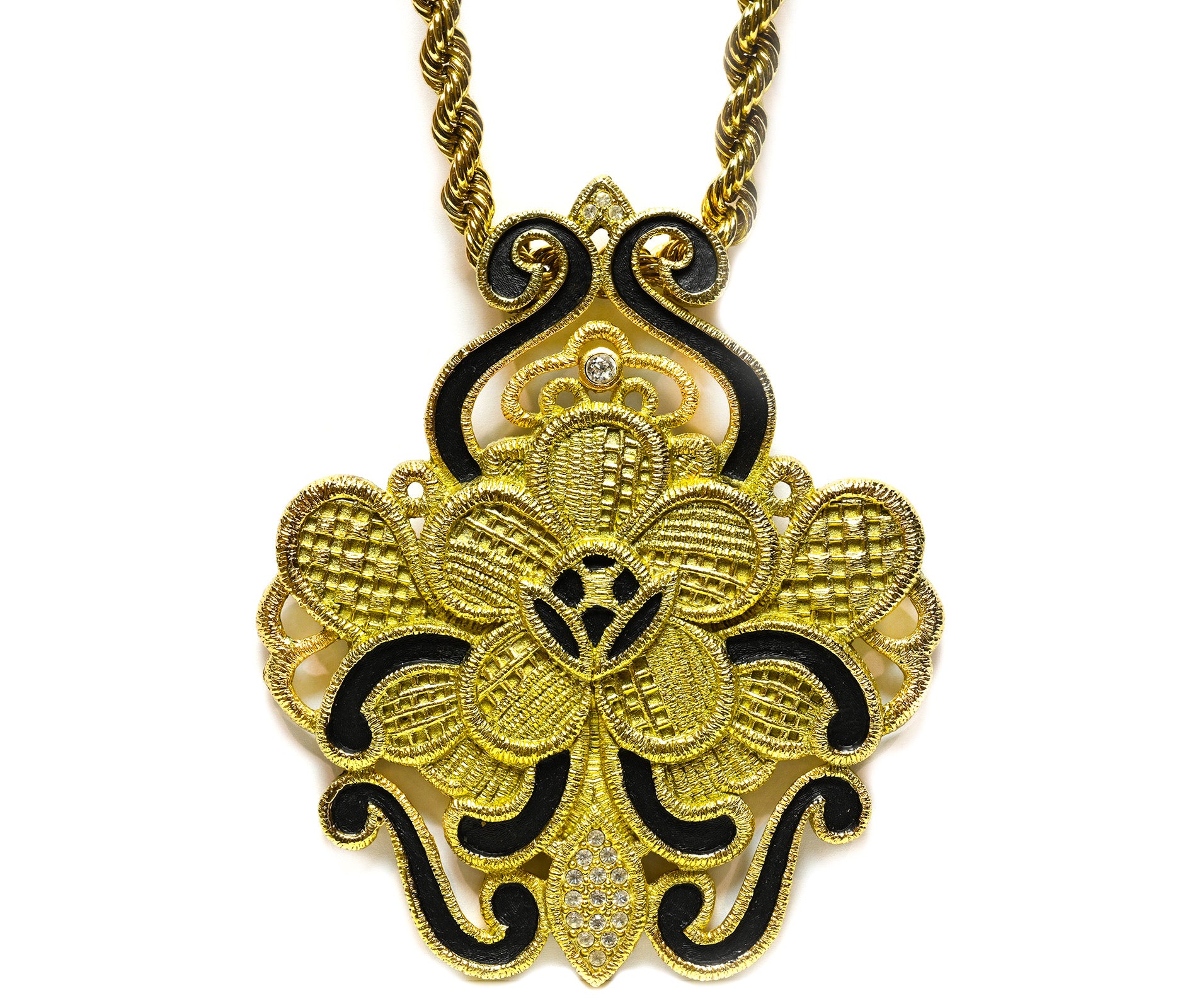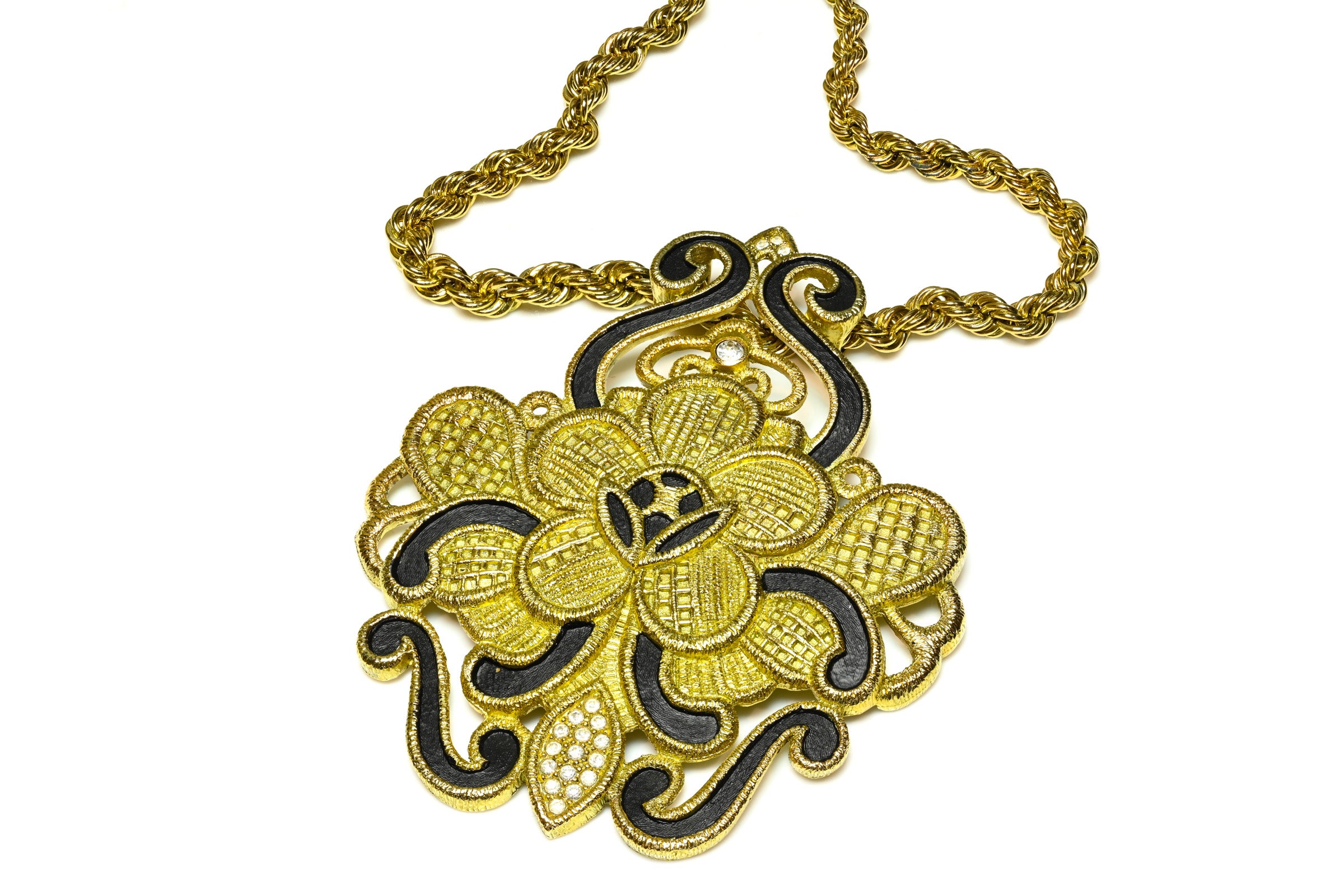Explore the Universe of "Eco Fashion"
Do you know how the "Eco Fashion" movement was born? And how did it impact the ever-changing fashion industry?
The New York Times published an article in the past entitled "The Green Movement in the Fashion World," in the same month that Vogue magazine later announced a new environmental trend.
Norma Kamali's shows feature models wearing T-shirts printed with slogans such as "The Anti-Acid Rain Team" or "Children of the Earth."
Before summer came, Katharine Hamnett, the fashion designer best known for her T-shirts with political and ethical slogans, was already speaking to the United Nations against environmental abuses in the fashion industry.
All this took place in 1990.
The seed of sustainable fashion was planted in the early 1990s, and the concepts of recycling and biodegradable materials began to be more and more present in people's consciousness.
In Paris, Xuly-Bet (aka Lamine Kouyaté, a Malian-born designer) tried to give new utility to old blankets, lycra dresses, or trousers found in flea markets, combining them into new creations.
Martin Margiela, the wonder of Antwerp, built and rebuilt his own older creations, and in Milan, the famous designer Giorgio Armani began to experiment with the hemp in his new creations.
The Real and Lasting Ecological Change didn't Take Root Easily
First of all, the designers were faced with the problem of skeptical customers, so they had to work on educating them. The commercial challenges of changing the market were also great, and the demand was weak despite the turmoil created around the idea.
The style was another major factor. Although they were far away from the hippie-style hemp bags, the clothes sold under the label "eco fashion" or "green fashion" still had a long way to go before they became chic.
Eco fashion started to become a profitable business in 2002, with the appearance of the Stella Mccartney brand. The McCartney woman did not wear furs or leather, the clothing was inspired by ethnic costumes, which attracted celebrities.
In 2005, Vogue put the Edun collection in the spotlight. It was a brand responsible for the environment and society created by Rogan Gregory of Loomstate and represented by Bono, the U2 singer, and his wife Ali Hewson.
Bono told Vogue that "we want to make people aware of product labels… where they were made, who made them, how they were made."
The "Eco Fashion" Got a Big Boost from Celebrities
The eco-fashion market took on a new look when in 2007 when big celebrities were seen wearing more and more eco-friendly products.
Kate Bosworth regularly wore cupro slips from Organic or eco-friendly denim from FIN. The supermodel of the '90s, Shalon Harlow appeared in commercials for Noir, an avant-garde eco-ethical brand in Copenhagen.
Even Barney exposed his green carpet on store floors featuring the Barneys Green brand, and storefronts often addressed topics such as recycling. Barneys fashion director Julie Gilhart told Women’s Wear Daily that "it is not a trend ... a trend is something that fades. It's a movement."
That spring brought designer Anya Hindmarch the title of "eco-cool referee" when the naive Keira Knightley was seen wearing a cream-brown Hindmarch bag inscribed with the words "I'm not a plastic bag". The retro-looking accessory was sold out in a few hours in London and New York stores and was the subject of a stir in Taiwan. That's how the reusable bag fashion came about.
In the fall of 2007, the FEED ethnic bag became the latest symbol of fashionable environmental status.
Finally, what seemed to many to be a passing trend, has flourished in a cross-cultural way of life. "Green is the new black," became the saying of the moment.
With the support of stars such as Cameron Diaz and Gisele Bundchen, it has become cool to be an environmentalist.
Sources of inspiration:
1. "The Green Movement in the Fashion World" by Woody Hochswender. The New York Times, March 25, 1990.
2. "The Current of Consciousness" by Robert Sullivan. Vogue, March 2005.
3. "The Barneys Purpose: Green in the Rank of Luxury" by Sharon Edelson. Women’s Wear Daily, February 26, 2007.
4. "Eco fashion history" by Ioana Florea. Epoch Times, January 28, 2014.
View our Collection of Antique & Vintage Jewelry


